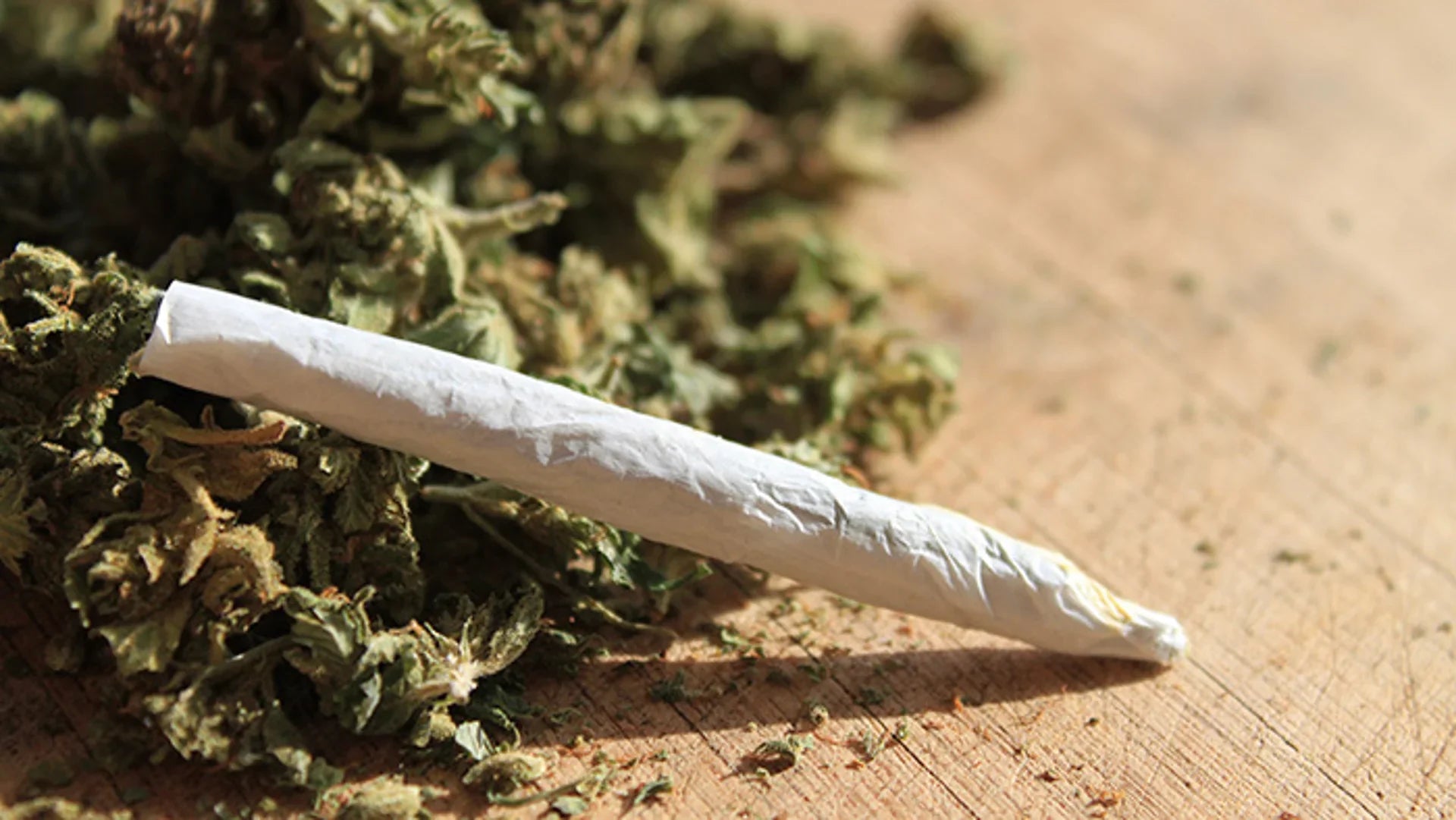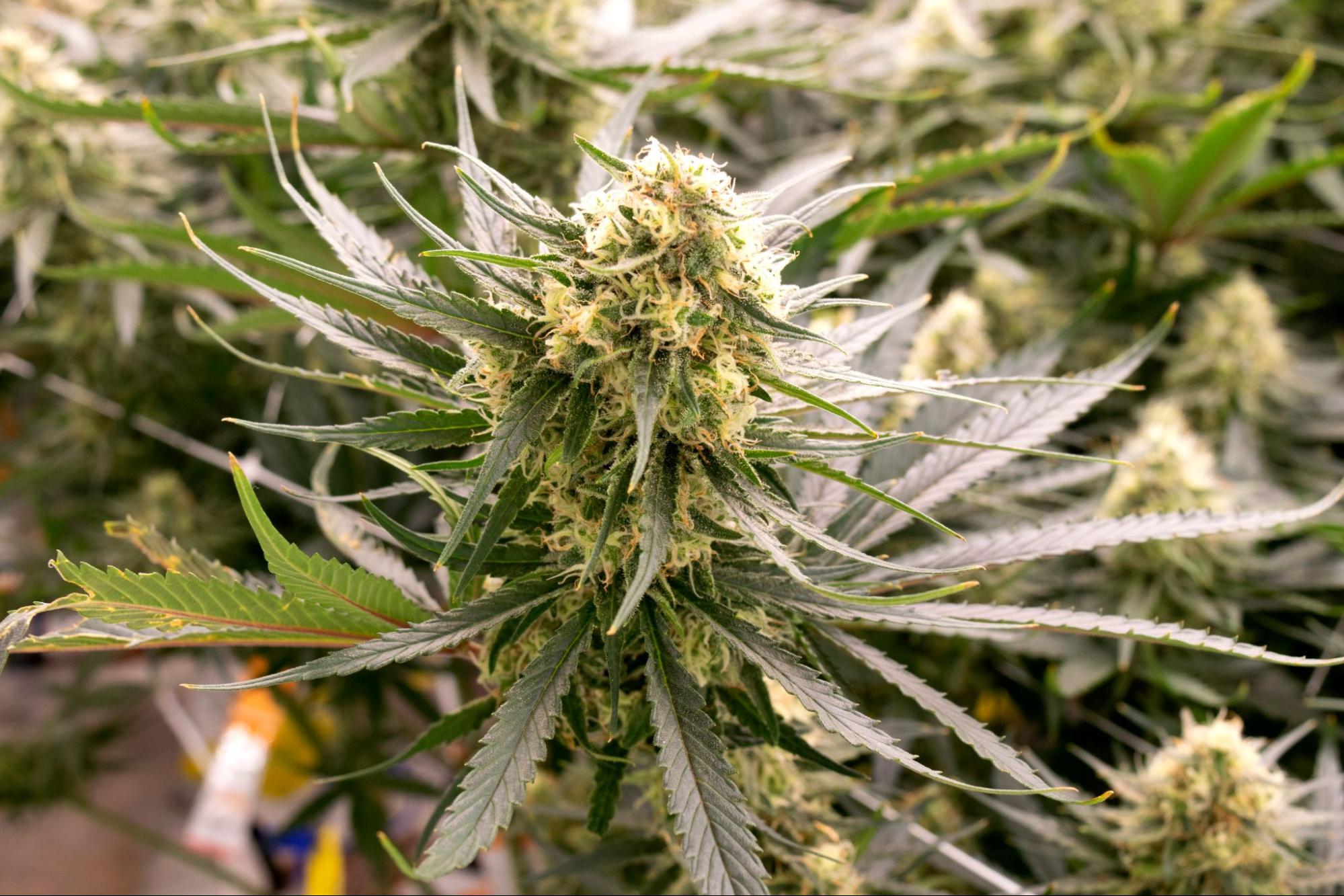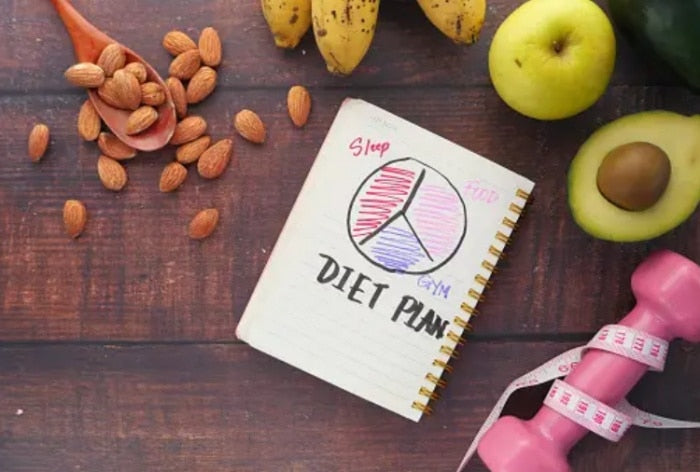
Puffing Through the Haze: America's Evolving Stance on Weed
In the swirling smoke of political maneuvering and cultural shifts, a fresh poll cuts through like a crisp autumn breeze. As of late September 2025, with President Donald Trump poised to rule on marijuana rescheduling, Americans are exhaling a collective sigh of relief—or perhaps relief laced with a hint of rebellion. The Rasmussen Reports survey, conducted among 1,305 adults from September 21 to 23, reveals a seismic shift: 53 percent now view marijuana as "not at all dangerous" or "not very dangerous." That's a majority tipping the scales against the old war-on-drugs rhetoric that painted cannabis as public enemy number one. This isn't just numbers on a page; it's a cultural exhale after decades of prohibition's stranglehold. Imagine the irony: the plant once demonized in "Reefer Madness" reels is now seen as less perilous than a stiff cocktail by over half the nation. As Trump weighs moving cannabis from Schedule I—home to heroin and LSD—to Schedule III alongside ketamine and anabolic steroids, this poll arrives like an uninvited guest at a tense family dinner, forcing a reckoning with facts over folklore.
The timing couldn't be more charged. Trump's campaign trail promises included nods to states' rights on weed, a pivot from his first-term ambivalence. Yet here we are, in the shadow of the White House, where rescheduling could unlock federal research, tax deductions for businesses, and banking access for the $30 billion legal cannabis market. But it's not all green lights; opponents whisper of Big Pharma's grip tightening or teen use spiking. Enter the poll: a conservative-leaning Rasmussen snapshot that even skeptics can't easily dismiss. With a margin of error at plus or minus 3 percent, it's a reliable pulse-check on a nation that's legalized recreational use in 24 states and medical in 38. This data doesn't just inform policy; it humanizes it, reminding us that behind every statistic is a voter who's likely toked, known someone who has, or simply grown tired of the hypocrisy.
Cracking the Code: What the Numbers Really Reveal
Let's dissect this data like a botanist under a microscope. At its core, 53 percent deeming marijuana low-risk marks a 10-point jump from Rasmussen's 2020 findings, where only 43 percent felt similarly. That's not mere fluctuation; it's momentum, fueled by waves of legalization and a pandemic-era rethink of vices. Dig deeper: only 42 percent label it "somewhat" or "very" dangerous, a category that includes everyday risks like caffeine jitters or secondhand bar smoke. This perception gap is widening, especially among younger cohorts. While the poll doesn't break out age demographics explicitly, cross-referencing with Gallup's June 2025 tracker shows 70 percent of adults under 35 support full legalization, viewing weed's dangers on par with craft beer.
But here's the intrigue: even as danger perceptions soften, 51 percent still buy into the gateway drug narrative, calling it "very" or "somewhat" likely to lead to harder substances. That's down from 60 percent in 2013, per Pew Research, signaling the myth's slow crumble. Science backs the shift—studies from the National Institute on Drug Abuse now emphasize correlation over causation, noting that most users never cross that threshold. Yet, this lingering belief acts as a brake on full reform, a psychological residue from D.A.R.E. classrooms and '80s PSAs. On drug abuse overall, the poll paints a stagnant picture: 39 percent say it's "about the same," 36 percent "worse," and a mere 5 percent "better." It's a nation in limbo, where weed's relative safety shines brighter against opioid shadows, claiming over 100,000 lives annually per CDC tallies.
These figures aren't isolated blips; they're threads in a tapestry of transformation. Consider the economic undercurrent: the legal cannabis industry hit $28.4 billion in 2024 sales, per MJBizDaily, employing 428,000 full-time workers. Rescheduling could inject billions more via IRS Section 280E relief, letting businesses deduct expenses like any grocer or gym. For Trump, eyeing a legacy beyond tariffs, this poll underscores voter pragmatism—53 percent aren't clamoring for anarchy, just equity and evidence-based policy.
Partisan Puffs: Bridging the Red-Blue Divide
Politics, that great divider, finds an unlikely unifier in ganja. The Rasmussen poll exposes a partisan puff: 54 percent of Republicans see marijuana as dangerous, versus 35 percent of Democrats. That's a 19-point chasm, yet both sides show softening. Back in 2018, 72 percent of GOP voters viewed it as risky; now, with Trump 2.0 vibes, even conservatives are exhaling doubt. This aligns with a Fabrizio, Lee & Associates poll—tied to Trump's orbit—where 57 percent of Republicans back rescheduling and state autonomy. It's as if the party's libertarian wing, from Rand Paul to the Freedom Caucus fringe, is finally outpuffing the social conservatives.
Democrats, long the reform torchbearers, aren't monolithic either. Urban progressives push decriminalization, while rural moderates worry about rural clinic access post-reform. Nationally, a Coalition for Cannabis Policy, Education, and Regulation (CPEAR) survey from August 2025 found 70 percent of voters—crossing aisles—favor ending federal prohibition outright. Nearly half said they'd warm to Trump's administration if he green-lights change. This bipartisan balm is potent: in swing states like Pennsylvania and Wisconsin, where Trump eked wins in 2024, cannabis support hovers at 62 percent per Quinnipiac. Imagine the electoral exhale—reform as a vote-getter, not a wedge.
Yet, shadows linger. Prohibitionist voices, like Smart Approaches to Marijuana (SAM), tout a September poll claiming 55 percent oppose rescheduling, citing ad blitzes to kids and cartel windfalls. But that's outlier noise against a crescendo of consensus. The partisan data whispers opportunity: Trump could frame rescheduling as "law and order" via regulated markets, siphoning black-market billions.
Gateway Ghosts and Opioid Phantoms
The gateway specter haunts still, with 51 percent nodding to its pull. But facts fan the myth away. A 2024 Johns Hopkins study tracked 1,000 users; only 9 percent escalated to opioids, versus 22 percent of non-users experimenting with alcohol first. Cannabis, it turns out, often gates *away* from harder paths—CBD strains easing chronic pain without fentanyl's fatal hook.
Juxtapose this against America's drug despair: opioids felled 81,000 in 2024, per provisional CDC data, dwarfing cannabis's zero overdose toll. The poll's 36 percent "worsening" abuse view likely nods to this crisis, where weed emerges as harm-reduction hero. Medical users, numbering 3.5 million in legal states, report 40 percent lower opioid prescriptions, per JAMA Network. Rescheduling could turbocharge this, funding research into THC for PTSD or epilepsy. Trump's call isn't abstract—it's a pivot from Nixon's punitive legacy to evidence's embrace.

Trump's Toke of Destiny: The Rescheduling Reckoning
Enter the Oval's occupant, Donald J. Trump, whose rescheduling deliberation feels like a high-stakes poker hand. Campaign-trail teases—"states decide"—now meet DEA recommendations, delayed from Biden's era but ripe for revival. Schedule III means medical acceptance, research boom, but no recreational floodgates. Polls like Rasmussen's arm him: 53 percent low-risk vibes align with his base's 57 percent reform nod.
Opposition? Pharma lobbies fear competition; cartels, lost turf. But a June Marijuana Moment-NuggMD survey shows 65 percent of consumers—key economic bloc—would forgive Trump's hesitance for action. Decision deadline? Imminent, per insiders, with October whispers. Will it be "You're fired" to Schedule I, or a MAGA-green compromise?
Whispers from the Weeds: Broader Polling Symphonies
Beyond Rasmussen, the chorus swells. Gallup's 2025 benchmark: 68 percent back legalization, up from 12 percent in 1969. Pew: 88 percent of Dems, 55 percent of Repubs. Even independents, at 72 percent, hum harmony. CPEAR's 70 percent anti-prohibition stance? A thunderclap, with 48 percent Trump-favorability boost.
SAM's counter-melody—62 percent against if kids-targeted ads rise—highlights caveats, yet drowns in decibels of demand. Globally? Canada’s post-legalization teen use dipped 20 percent; Uruguay's market stabilized supplies. U.S. could echo, turning $57 billion illicit flows legal.
Igniting Tomorrow: A Nation's Next Breath
As October dawns, Trump's choice looms like a lit joint at dawn—transformative or snuffed. The 53 percent signal isn't whimsy; it's wisdom earned through arrests (18 million since 2001, per ACLU) and inequities exposed. Rescheduling won't end the fight—full descheduling beckons—but it's a step, validating voices long silenced.
America's marijuana moment? It's here, hazy yet hopeful. In a divided land, this shared puff unites: not dangerous, just human. Let's watch Trump inhale the facts—and exhale progress. The polls don't lie; they liberate.
As polls show 53% of Americans now view marijuana as "not at all dangerous," and Trump eyes rescheduling, the $30B cannabis market is exploding. Seize this moment with D Squared WorldWide's premium wholesale lineup: lab-tested flower, edibles, vapes, and accessories—sourced sustainably, compliant, and primed for Schedule III profits. Our partners thrive with competitive margins, rapid fulfillment, and exclusive strains that outshine the competition. Don't miss the exhale of reform—elevate your inventory today and capitalize on bipartisan demand. Schedule a call now at dsquaredworldwide.com/call to unlock your edge in this hazy horizon.
Reference:
Babaei, M., Nemati, H., Arouiee, H., & Torkamaneh, D. (2025). Predicting flowering time using integrated morphophysiological and genomic data with machine learning models.. https://doi.org/10.1101/2025.08.11.669697
Babyn, K., Ross, S., Makowsky, M., Kiang, T., & Yuksel, N. (2023). Cannabis use for menopause in women aged 35 and over: a cross-sectional survey on usage patterns and perceptions in alberta, canada. BMJ Open, 13(6), e069197. https://doi.org/10.1136/bmjopen-2022-069197
Choi, C. (2020). Analysis of u.s. cannabis industry, legislation, and the impact on marginalized populations. Maneto Undergraduate Research Journal, 3(1). https://doi.org/10.15367/m:turj.v3i1.316



